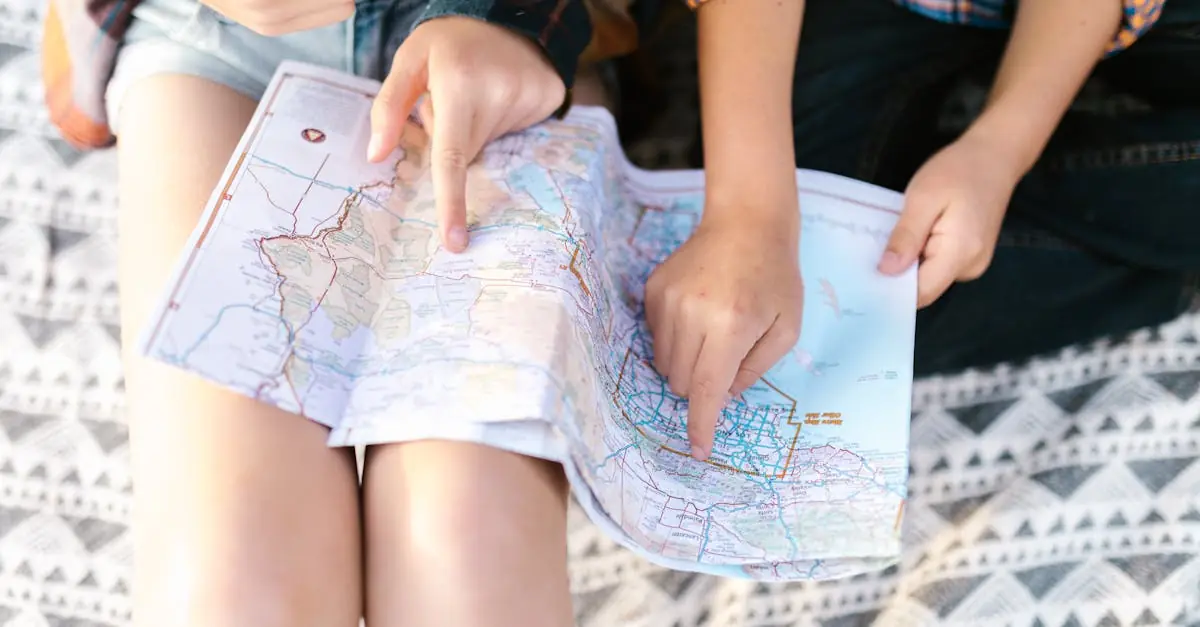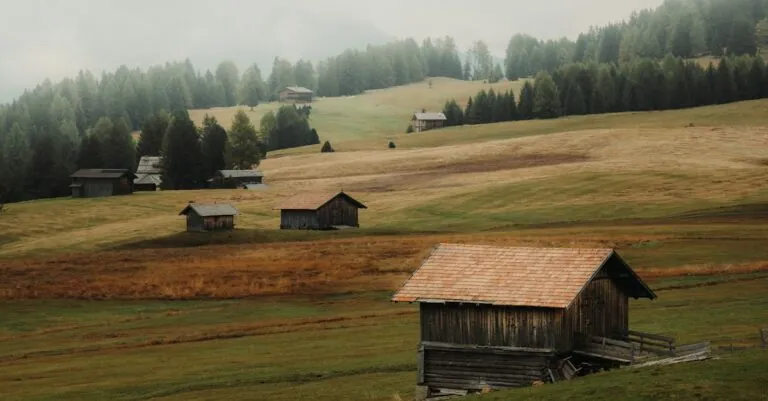Picture this: the sun’s shining, the smell of campfire smoke lingers in the air, and laughter echoes through the trees. It’s time to relive those unforgettable camp memories with a reunion that’ll have everyone reminiscing about s’mores and late-night ghost stories. Planning a camp reunion isn’t just about gathering old friends; it’s about rekindling those bonds that made childhood magical.
Table of Contents
ToggleImportance Of Planning A Camp Reunion
Planning a camp reunion fosters connections among former campers. Reinventing shared experiences strengthens bonds that may have faded over time. The excitement of reuniting evokes nostalgic feelings, reminding individuals of joyful moments from their past. Memories tied to campfire gatherings, fun games, and late-night laughter become even more vivid.
Organizing a reunion encourages attendees to share stories and relive memories that shaped their youth. Such gatherings create opportunities for new friendships and rekindled relationships among attendees. Engagement during these events highlights the importance of community. Camp reunions allow for a celebration of shared values, experiences, and growth.
Proper planning ensures everyone feels included in the festivities. Fostering a welcoming atmosphere enhances participation and interaction. Coordinating activities such as games, storytelling sessions, and photo sharing can boost excitement further. Inviting former counselors adds a special touch, providing unique perspectives on shared experiences.
Establishing a reunion also allows for reflection on personal growth since those formative years. Participants can recognize how camp shaped their identities. Collaborating with others in organizing the event amplifies excitement, as contributors can share their ideas and preferences, enriching the experience.
Setting a clear timeline and objectives streamlines the planning process. Identifying locations, activities, and communication methods enhances organization. Ultimately, meticulous preparation leads to a memorable reunion that celebrates the essence of camp life, reinforcing cherished connections among participants.
Setting Goals For The Reunion
Setting clear goals for the reunion plays a crucial role in its success. Specific objectives guide planning and ensure the event meets attendees’ expectations.
Identifying The Purpose
The first step involves pinpointing the main purpose of the reunion. Groups often focus on reconnecting and celebrating shared memories. Fostering friendships may take precedence, encouraging attendees to reminisce about past experiences. Some might prioritize creating new memories, while others may emphasize honoring camp traditions. Defining the primary goal aligns team efforts, ensuring everyone shares a common vision.
Determining The Desired Outcomes
Desired outcomes shape the reunion’s overall experience. Participants may hope to strengthen relationships through engagement and activities. A common outcome includes reminiscing about significant moments from camp days. Another important result involves enhancing community ties, which can be fostered through shared activities. Establishing measurable outcomes allows organizers to track success, enabling adjustments as needed. Crafting a list of intended results guides planning and establishes a roadmap for achieving a memorable event.
Choosing The Right Location
Selecting an appropriate venue significantly impacts the reunion experience. A well-considered location enhances connection among attendees and enriches shared memories.
Factors To Consider
Evaluate proximity when choosing a location; distance affects attendee participation. Consider the size of the venue to accommodate a fluctuating number of participants. Weather patterns influence comfort during outdoor activities, so researching average temperatures is essential. Parking availability ensures convenience for driving participants. Venue reputation can influence perceptions, so select a well-regarded site. Prioritize familiar landscapes as they evoke nostalgia, creating an immediate emotional connection. Accessibility for all ages also enhances the overall experience, ensuring everyone can celebrate together.
Accessibility And Amenities
Review accessibility features ahead of time; they help guests with mobility issues navigate comfortably. Catering options play a crucial role; food preferences vary widely, so including diverse menus satisfies different tastes. Restroom facilities should meet attendees’ needs, ensuring cleanliness and convenience. Proximity to lodging is important for reunions lasting multiple days; nearby accommodations improve accessibility for out-of-town guests. Recreational amenities, such as picnic areas or campfire pits, provide engaging activities and enhance interactions. Collecting feedback from potential attendees regarding amenities leads to better planning and ultimately prepares for a successful gathering.
Creating A Timeline
Establishing a timeline ensures all necessary activities are covered before the reunion. Start by outlining key milestones to keep the planning process organized and efficient.
Key Milestones
Identification of significant dates guides the reunion timeline. Setting a date for the reunion marks the beginning of all planning activities. Next, establish deadlines for securing the venue, sending invitations, and organizing activities. Scheduling these critical tasks promotes accountability among the planning team. Ensuring these milestones are met contributes to a successful event, particularly when each member understands their responsibilities. Regular progress updates help keep everyone aligned and motivated.
Finalizing Details
Finalizing details enhances the reunion experience for all attendees. Begin with confirming the venue and ensuring that all amenities are satisfactory. Noteworthy elements, such as catering options and activity schedules, should also receive attention. Design the final checklist to include items like decorations, equipment rentals, and confirmation of guest speakers. Communication with attendees about schedules and activities fosters anticipation before the event. Last-minute adjustments can be made to accommodate attendees’ preferences, reinforcing a welcoming atmosphere.
Engaging Participants
Engaging participants plays a crucial role in the success of a camp reunion. Connecting attendees fosters excitement and strengthens friendships.
Communication Strategies
Effective communication strategies enhance participation before and during the reunion. Utilizing social media platforms facilitates updates and reminders, ensuring everyone stays informed. Email newsletters can also serve to share event details, while dedicated group chats provide a space for ongoing conversations. Sending personalized invitations adds a touch of warmth and shows attendees they’re valued, boosting engagement. Regularly posting event teasers keeps the anticipation high, encouraging more people to attend.
Gathering Preferences And Ideas
Gathering preferences and ideas enhances the reunion experience. Surveys can determine preferred activities, food options, and potential dates for the event. Analyzing responses helps create a schedule that reflects attendees’ interests, making the reunion memorable. Involving past campers in the planning process cultivates a sense of ownership and excitement. Hosting brainstorming sessions can generate new ideas, while informal discussions allow for spontaneous suggestions. Collecting this feedback ensures the reunion aligns with what participants truly desire, reinforcing community connections.
Conclusion
Planning a camp reunion is a rewarding endeavor that brings together old friends and cherished memories. By focusing on thoughtful preparation and clear goals, organizers can create an event that resonates with all attendees. The right venue and engaging activities play a vital role in enhancing the experience, ensuring everyone feels included and excited to participate.
Effective communication and participant involvement further strengthen the bonds formed during these gatherings. As former campers share stories and relive moments from their youth, they not only celebrate their past but also reinforce the community that shaped them. A well-executed reunion ultimately fosters lasting connections and creates new memories to cherish for years to come.




